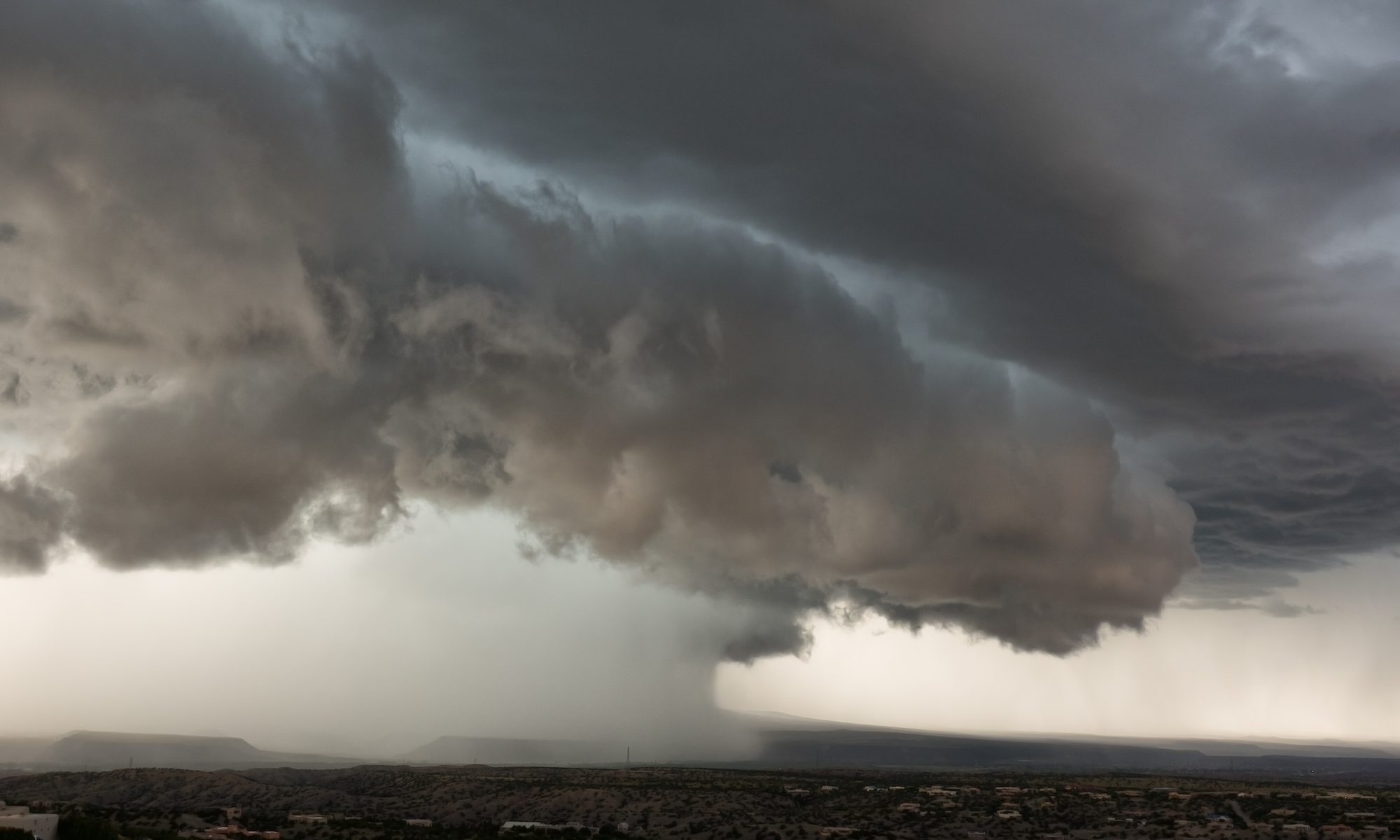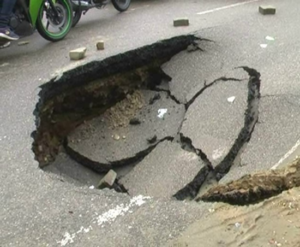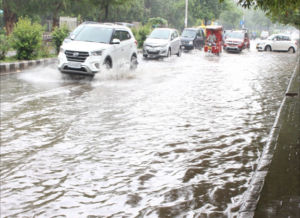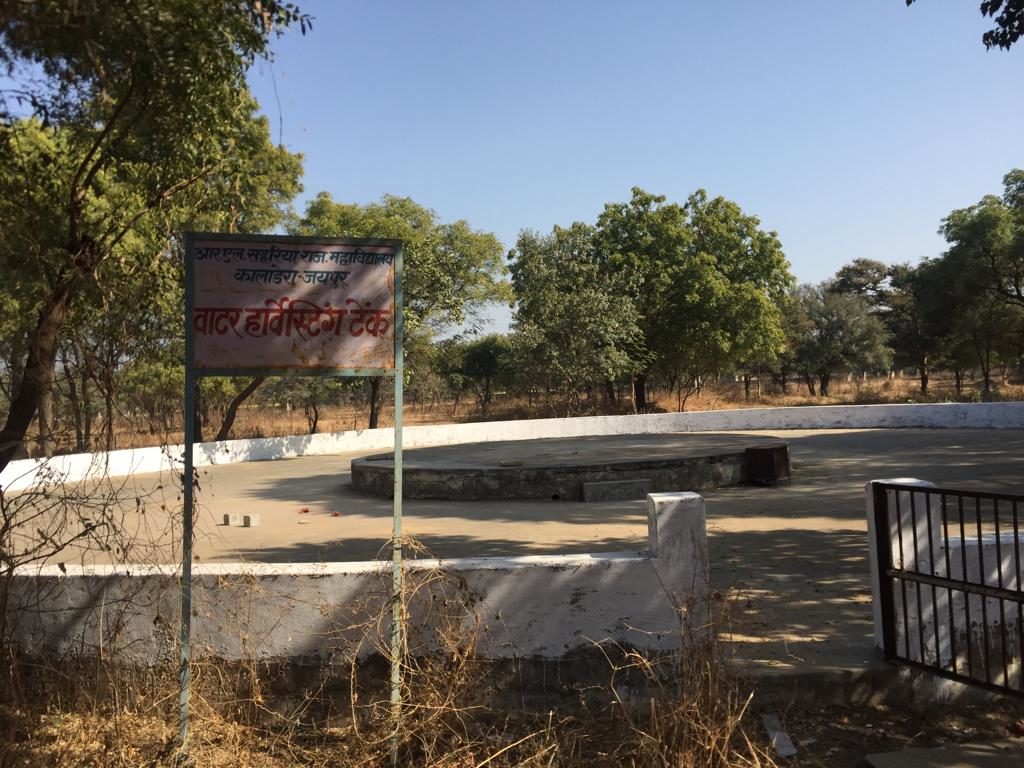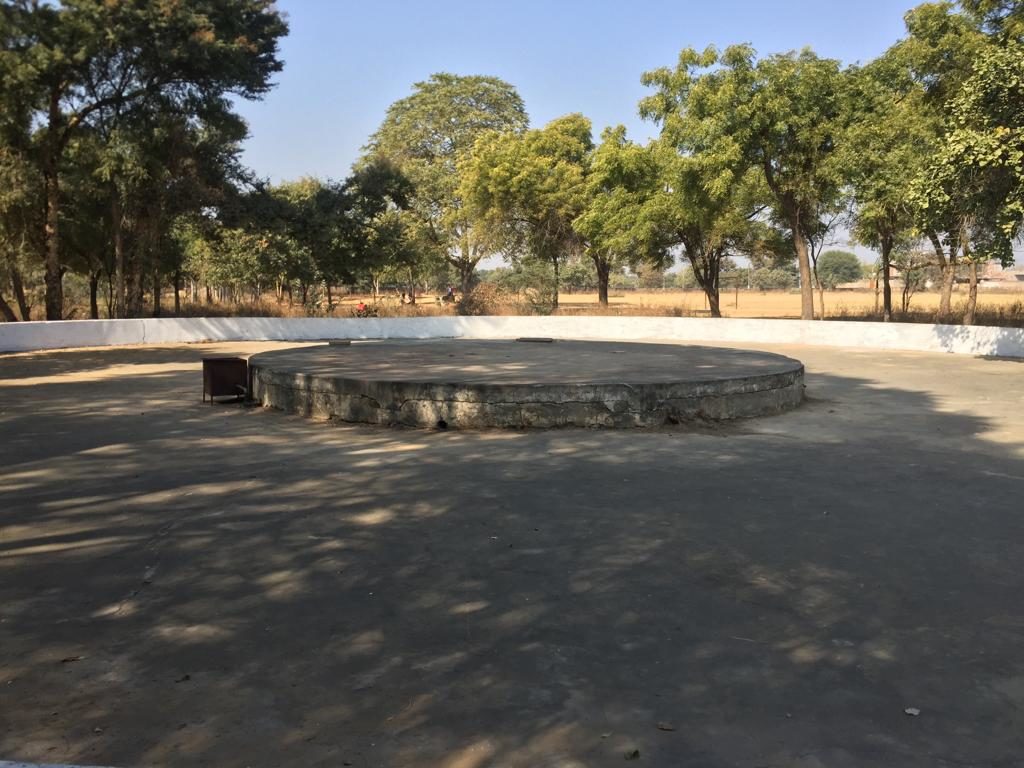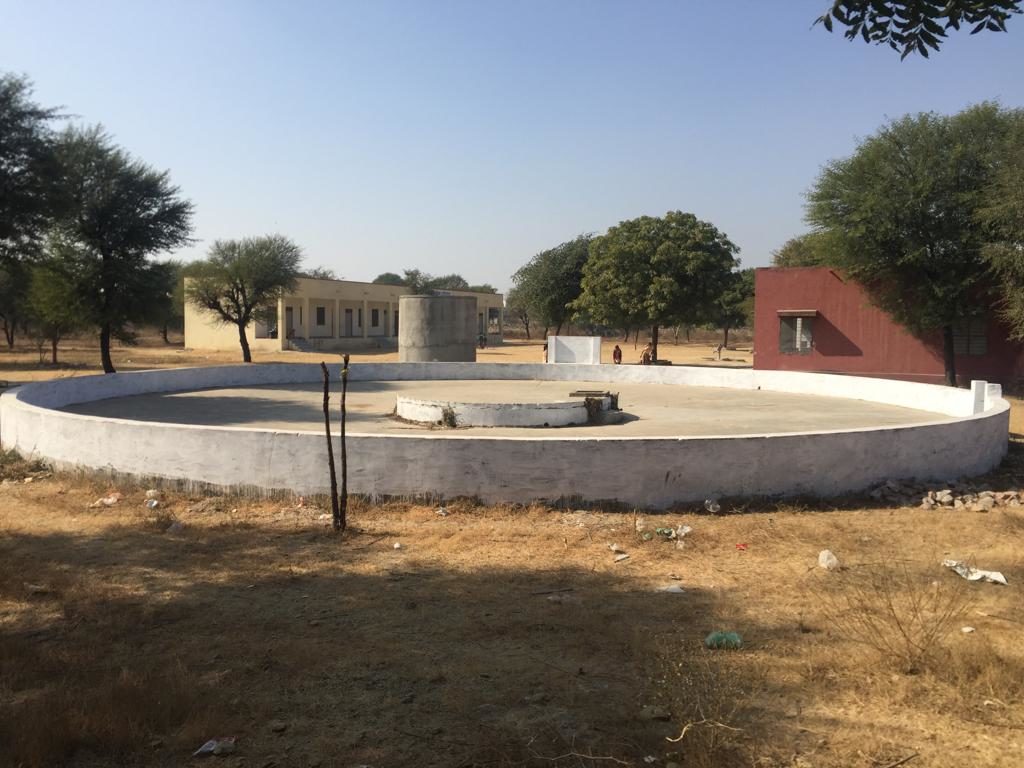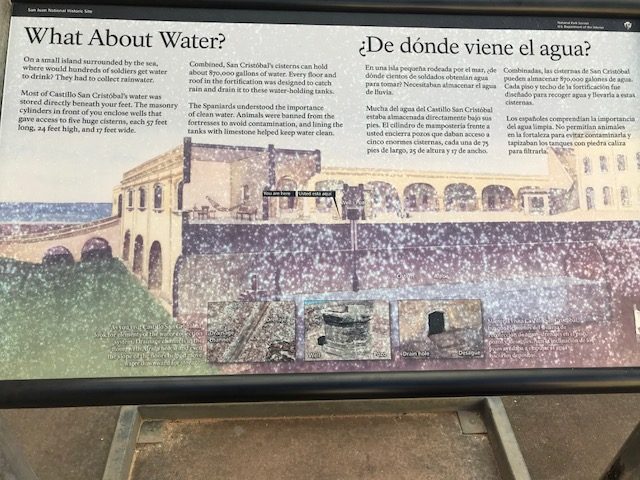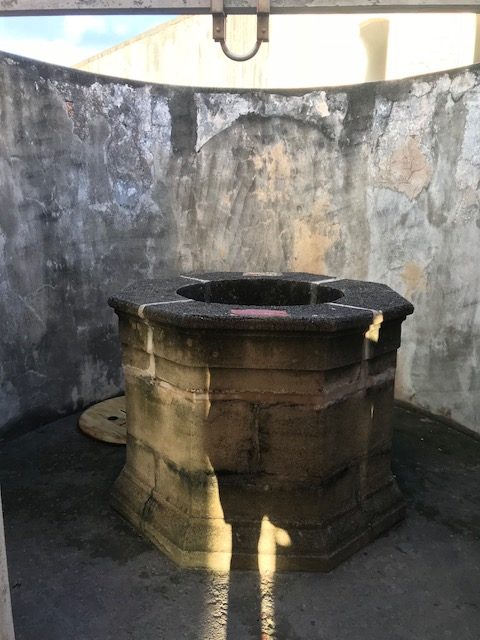When water is not absorbed by a Rain Water Harvesting (RWH) system and it stagnates around the structures or if the structure itself collapses, we consider it as a failure of the RWH system.
There are innumerable designs and ideas floated on the internet for Rain Water Harvesting. We evaluated several designs and have found that many of these have inherent shortcomings which can cause RWH systems to fail. We observed that these designs have not been properly tested in real-world scenarios over a period of several monsoons or their designers simply do not report failures.
Through our decades of experience designing & developing Rain Water Harvesting solutions, we recognize the multitude of factors which can lead to failures of Rain Water Harvesting structures.
The idea of this post is not to comment on the design of any individual person or entity but to select a few basic reasons which can defeat the entire RWH effort.
To illustrate these scenarios, we have randomly picked up two designs for Rain Water Harvesting structures commonly circulated on the internet, which in our experience are not successful in practical applications.
a. RWH systems using hollow cement rings with slots
This design proposes using hollow cement rings with holes to construct a Rain Water Harvesting bore up to a depth of 10 feet to 30 feet, with a diameter of about 3 feet approximately. The hollow cavity of the bore stacks cement rings of diameter 2.5 to 3 feet over each other from the base till the top. The top is covered with a slab as you see in the pictures below
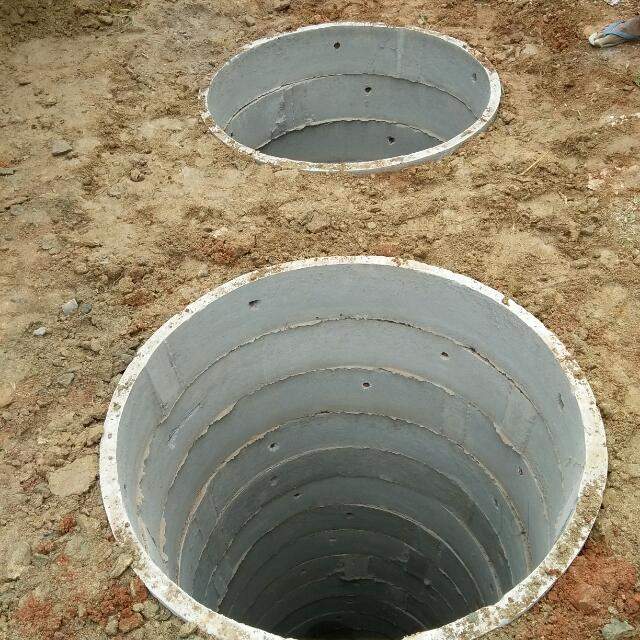
Expectation: The designers of such a system imagine that the rain water will fill the hollow space in the pit and the water will pass through the slots in the cement rings and when it comes in contact with the soil surrounding the cement rings, the water will be absorbed by the soil.
Reality: In practice, while the rain water fills the empty space in the pit it thereafter moves out of the holes in the cement rings and forms a water column outside the rings. Now as the soil which has come in contact with the water dissolves in this water column, this mixture of mud and clay re-enters the hollow space and tries to fill the hollow space with soil.
This process continues as and when the remaining empty space is filled with water. This process stops once the empty space in the rings is completely filled and compacted by the adjoining soil.
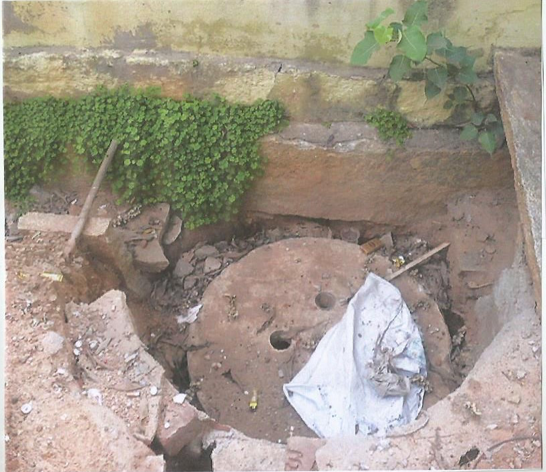
At this stage, any chance of ground water recharge stops due to compaction of soil. The soil which has moved in through the holes in cement rings leaves a hollow space adjoining the structure causing it to eventually collapse around the structure as is visible in the photo above.
This fundamentally flawed design increases the risk of soil shifting and structural damage to nearby constructions.
b. RWH Systems using percolation Bore-Pits
This design proposes creation of percolation bore-pits for of rain water absorption through creation of 15 to 30 feet deep bores where the top end is enclosed in a 2 x 3 feet deep bore-pit covered with a perforated RCC slab as shown in the image below.
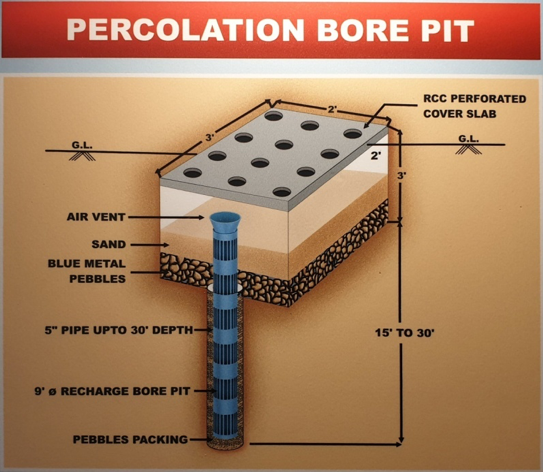
Expectation: The designers here imagine that the flowing rain water over paved surfaces (such as streets or parking lots) will effortlessly fall into the chamber through the perforated RCC cover slab and thereafter settle around the bore-pit to eventually be absorbed by the bore.
Reality: Having observed a practical implementation of this design on one of our sites, we recognized that when water flows over a perforated slab it forms a film of water and thereafter most of the water flows and passes over. Some rain water laden with silt and clay enters the perforation and deposits in the pores in the shape of a cone further reducing the opening size of the hole on the inside of the slab and finally the hole gets completely blocked.

Further, below the cover in the bore-pit in the silt-removal chamber:
Expectation: It is imagined that the flowing rain water that reaches the silt removing chamber will gently fall on the coarse sand and all the silt and clay suspended in the rain water will be restricted by the coarse sand from moving further down. After this only clean water will pass through the pebbles and enter the recharge pit pushing the air out through the air vent and letting the soil absorb the water.
Reality: During rainfall there is massive turbulence in water leading to the water appearing muddy and also there is no time for decantation – silt mixed with clay and small pebbles flows with rain water and fill the chamber to the brim as intake speed of any recharge structure is relatively slow.
The turbulence in the chamber also disturbs and suspend the coarse sand in the water. This water with suspended silt, clay, coarse sand and small pebbles forms a paste which tries to find a passage into the air vent chokes the air vent pipeshown below the perforated cover within the chamber.
Once the air-vent pipe gets choked, the recharge process completely stops since choking of the air vent pipe is like somebody closing a pipette with a thumb to stop the water column from falling down.
Other factors like the shallow depth of pit, chances of choking of recharge bore pit by infiltrating coarse sand mixed with silt and clay entering with rain water into the bore hole as well through the pebbles, the unmentioned size of pebbles and unclear relevance of the diameter of the pit are likely to jeopardize the performance of this structure design.
The success of SILVERON rain water harvesting designs is a result of decades of untiring experimentation and experience in field work across diverse topographies.
At SILVERON, Learning & Innovation are the heart of what we do.
